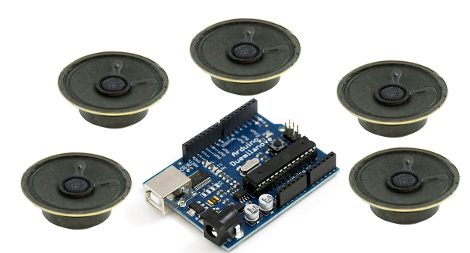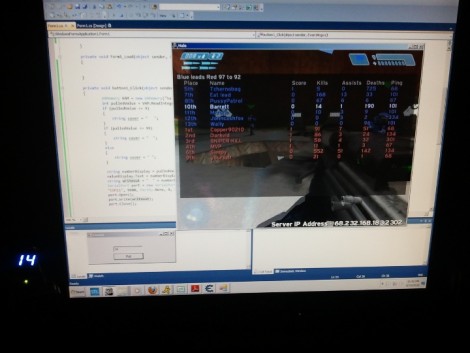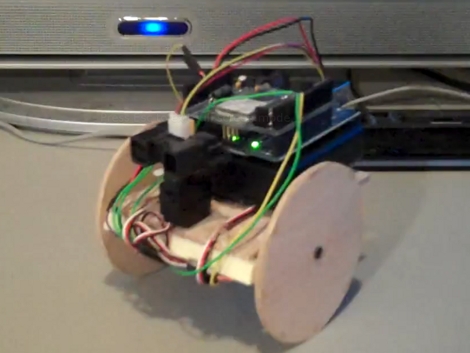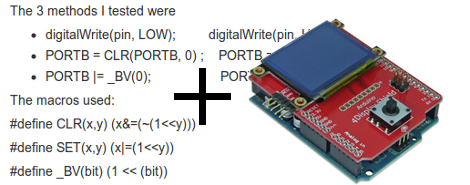
[Catea] has put some considerable effort into making a wiimote more accessible to people with physical disabilities. He started by extending the buttons out to much larger versions mounted on a lap tray. This makes playing games much easier for those that are lacking the fine motor skills to hit the buttons on the wiimote. This alone is a pretty substantial improvement, but [Catea] wanted to do more.
Taking the whole idea further, [Catea] published a second instructible where he outlines the process of adding two Arduinos and Xbee modulse to make the external buttons wireless.














